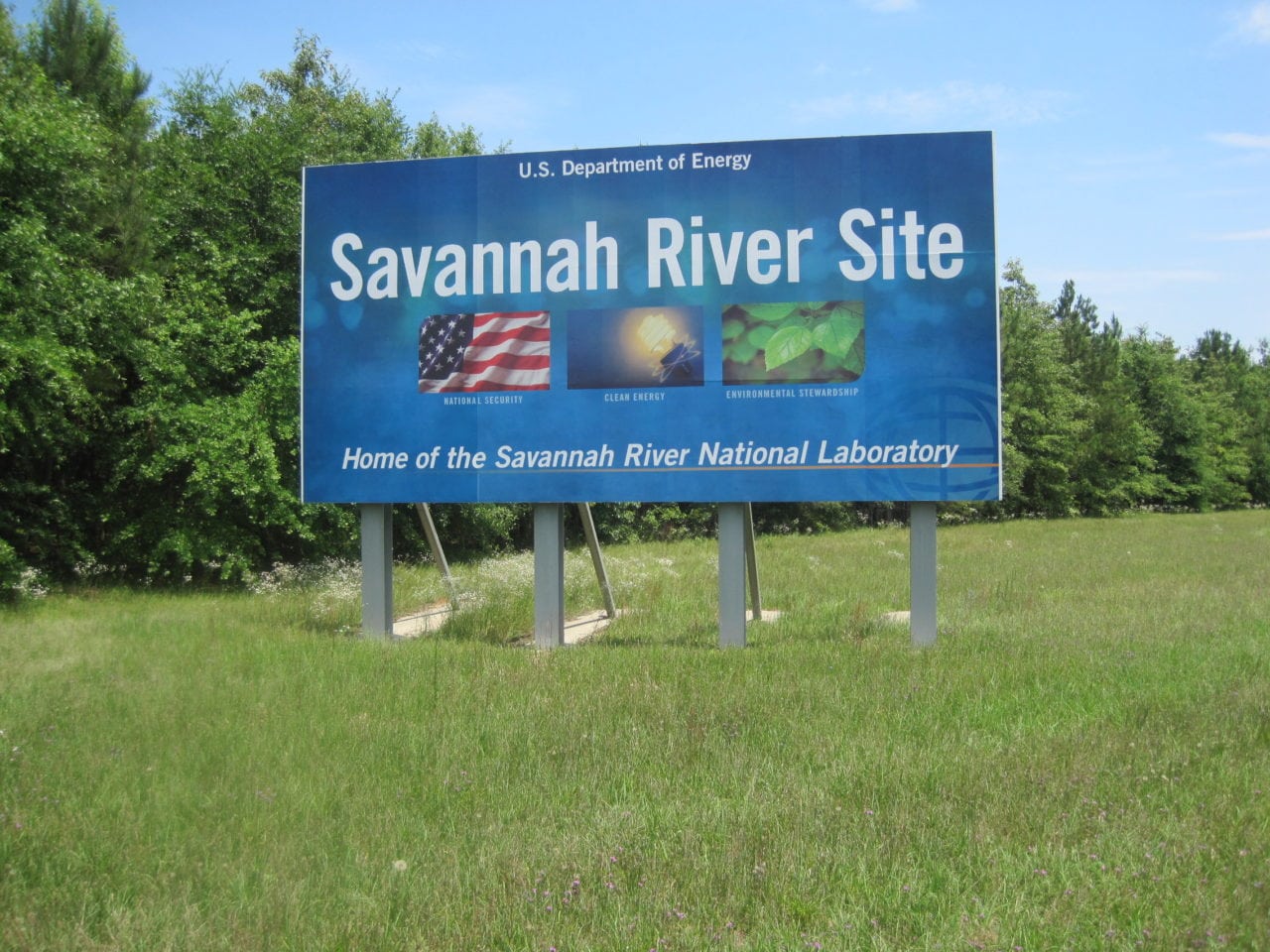
Weapons Complex Monitor Vol. 33 No. 15
Visit Archives | Return to Issue PDF
Visit Archives | Return to Issue PDF
Weapons Complex Monitor
Article 1 of 11
April 15, 2022
DOE intends to speed up removal of spent fuel from Savannah River’s L-Basin

The Department of Energy said Thursday it intends to accelerate removal of all spent nuclear fuel from the L-Basin storage area at Savannah River Site in South Carolina using conventional processing without recovering highly enriched uranium.
In a press release,…
Partner Content